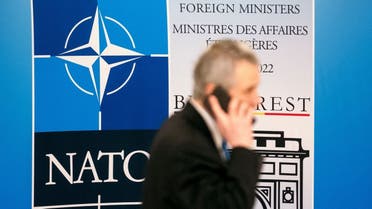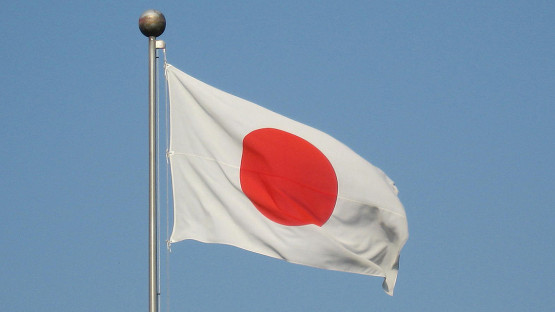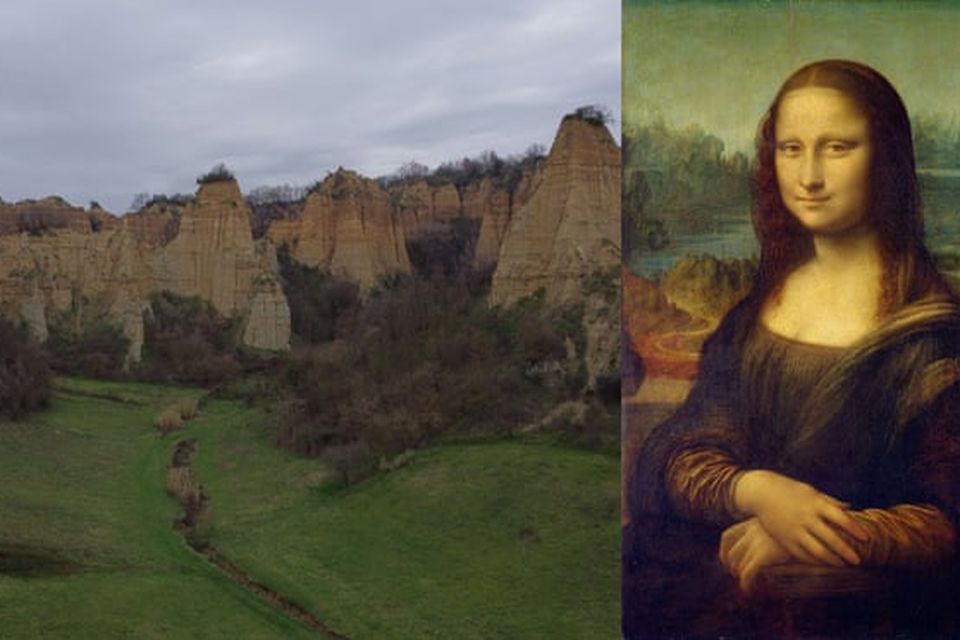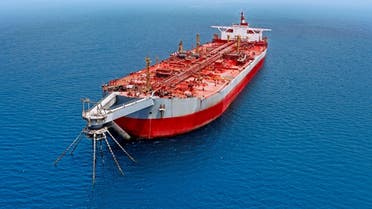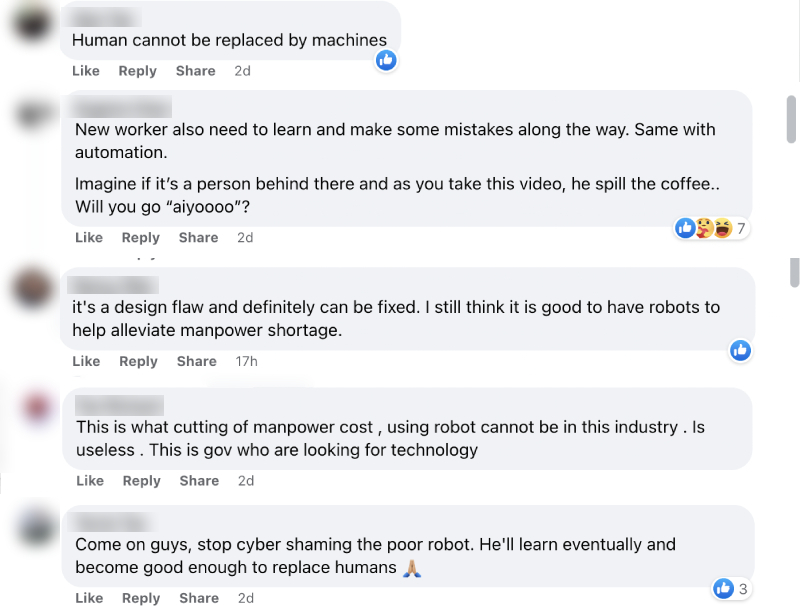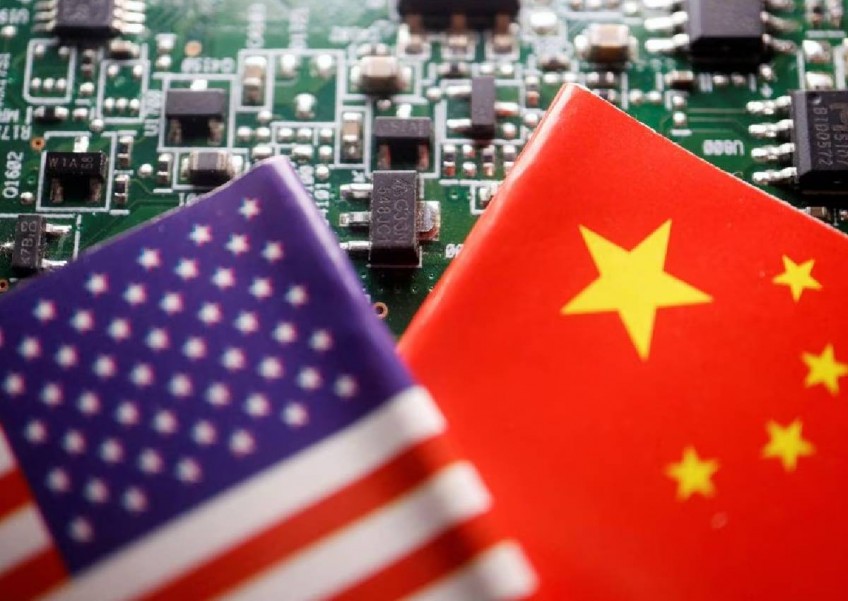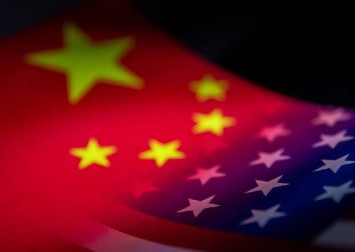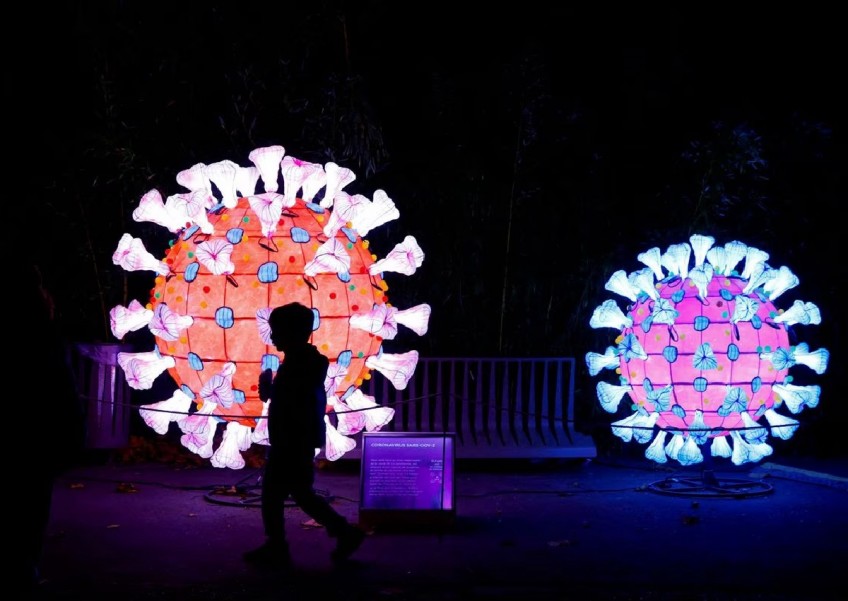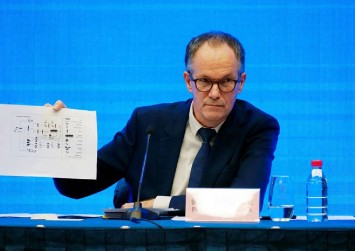Erdogan rival promises 'freedom and democracy' for Turkey
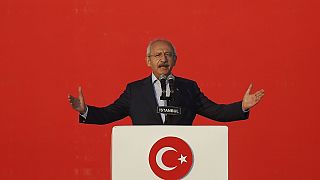
In just 10 days, Kemal Kilicdaroglu will face the Turkish president in seismic elections.
Turkey’s main opposition leader Kemal Kılıçdaroğlu has promised to re-instate "democracy" after years of what some call the authoritarianism of the current leadership.
The 72-year-old is Turkish President Recep Tayyip Erdoğan’s biggest threat as the country heads to the ballot box on 14 May.
Polls suggest the election will be tight, with Kılıçdaroğlu narrowly leading so far. But all is still to play for and many analysts predict the vote will be put to a second round.
Sensing growing anti-Erdoğan sentiment amongst some young Turks, Kılıçdaroğlu has constantly maintained he will guarantee freedom of speech and the qualities of a “civilized world” - if elected.
“The youth want democracy," he told the BBC. "They don't want the police to come to their doors early in the morning just because they tweeted.
Kılıçdaroğlu is the head of the CHP party, which represents secularism and other principles of Mustafa Kemal Atatürk, who founded modern Turkey.
Popular among religious-conservative voters, Erdoğan is widely seen as moving Turkey in a more Islamist, anti-democratic direction, with many of his laws - especially those criminalising "insulting the president" - blasted as undermining freedom.
The 69-year-old president, who has been in power for two decades, has previously mocked his rival, saying Kılıçdaroğlu "couldn't even herd a sheep".
Kılıçdaroğlu’s campaign, backed by six opposition parties, has focused heavily on promoting human rights and the rule of law - aiming to “make everything beautiful”, as he has said in the past.
However, the plans do not end there for the leader of the ‘Table of Six’.
Kılıçdaroğlu has called on Erdoğan to retire, adding he won't be put off from fulfilling his promises, despite some concerns for his safety.
"Being in politics in Turkey means choosing a life with risks," he told the BBC. "I will walk my path whatever Erdogan and his allies do. They can't put me off. They can't scare me. I made a promise to this nation."
Kılıçdaroğlu has controversially pledged to send the 3.5 million Syrian refugees living inside the country back.
Last year, Turkey introduced laws intended to curb "misleading information" on social media. Critics said the bill was an attempt to censor opposition voices and restrict independent media.
"We want free media and complete judicial independence. Erdogan does not think that way. The difference between us and Erdogan is the difference between black and white," Kılıçdaroğlu said at a rally in Izmir.
The secular opposition leader has also openly expressed his desire to align with the West instead of Russia, in an effort to re-orient the nation.
Erdoğan has refused to acknowledge Kılıçdaroğlu’s challenge so far, dismissing his over his age.
The Turkish president's supporters, including Interior Minister Suleyman Soylu, consider Kılıçdaroğlu’s candidacy a Western ploy.
They are expected to contest results if Erdogan fails to be re-elected.
